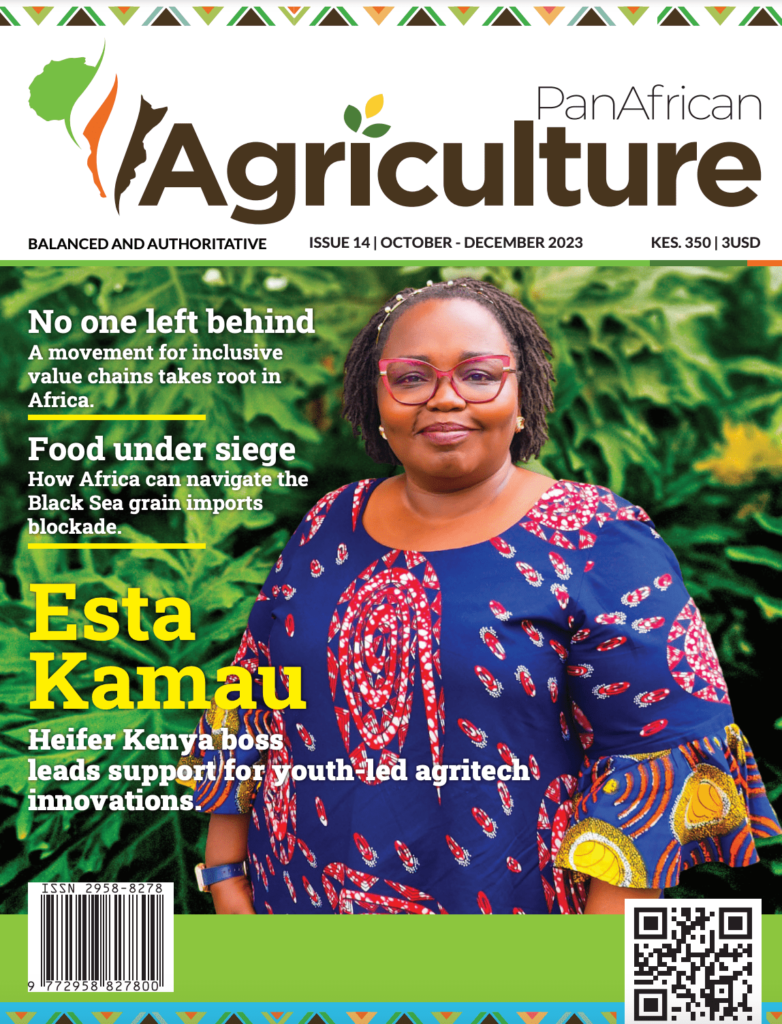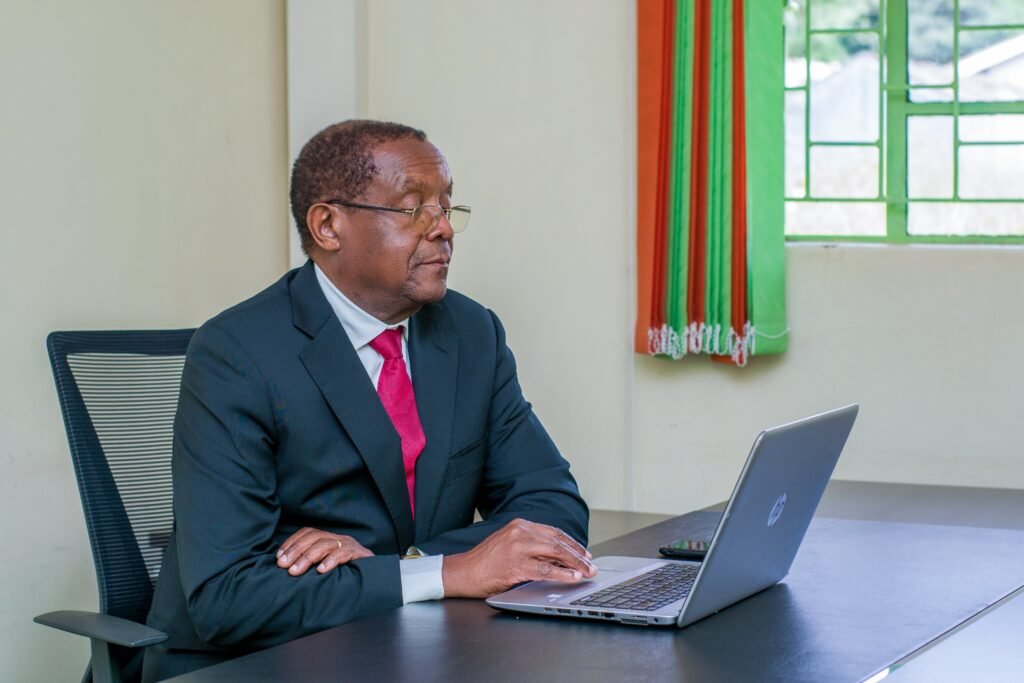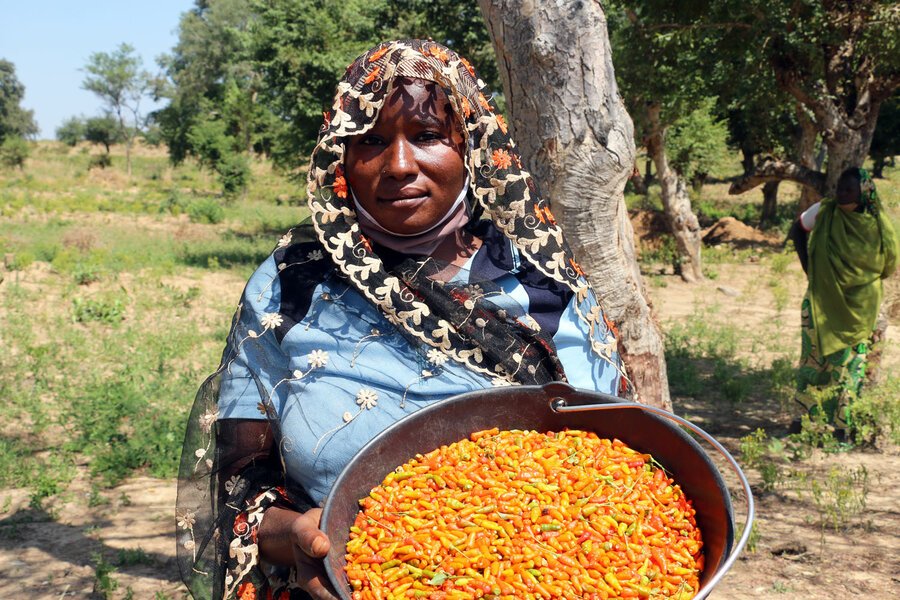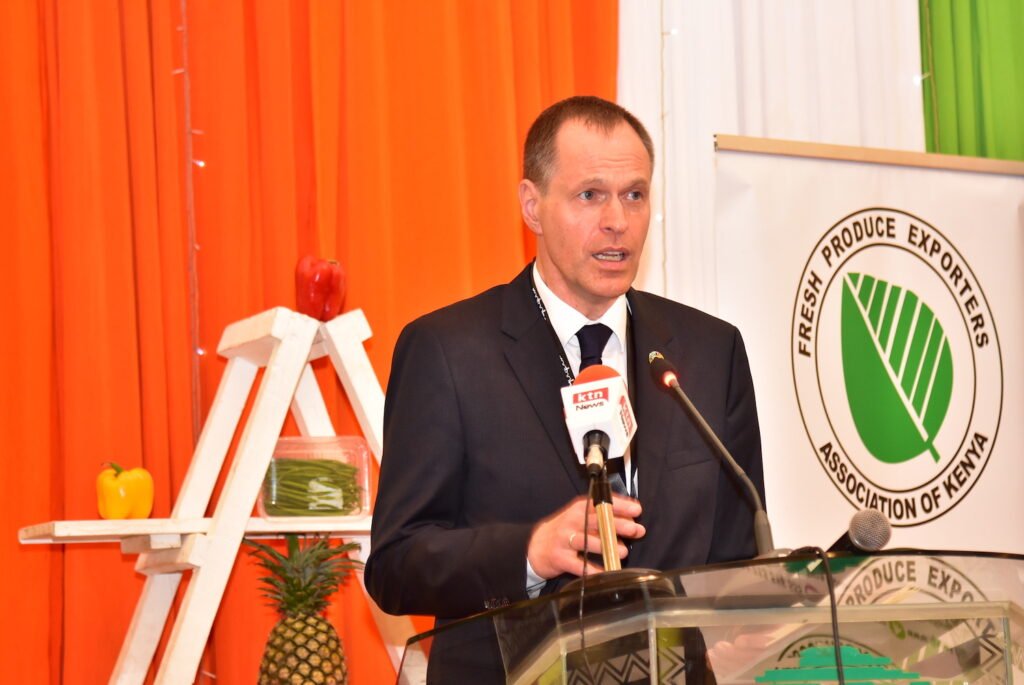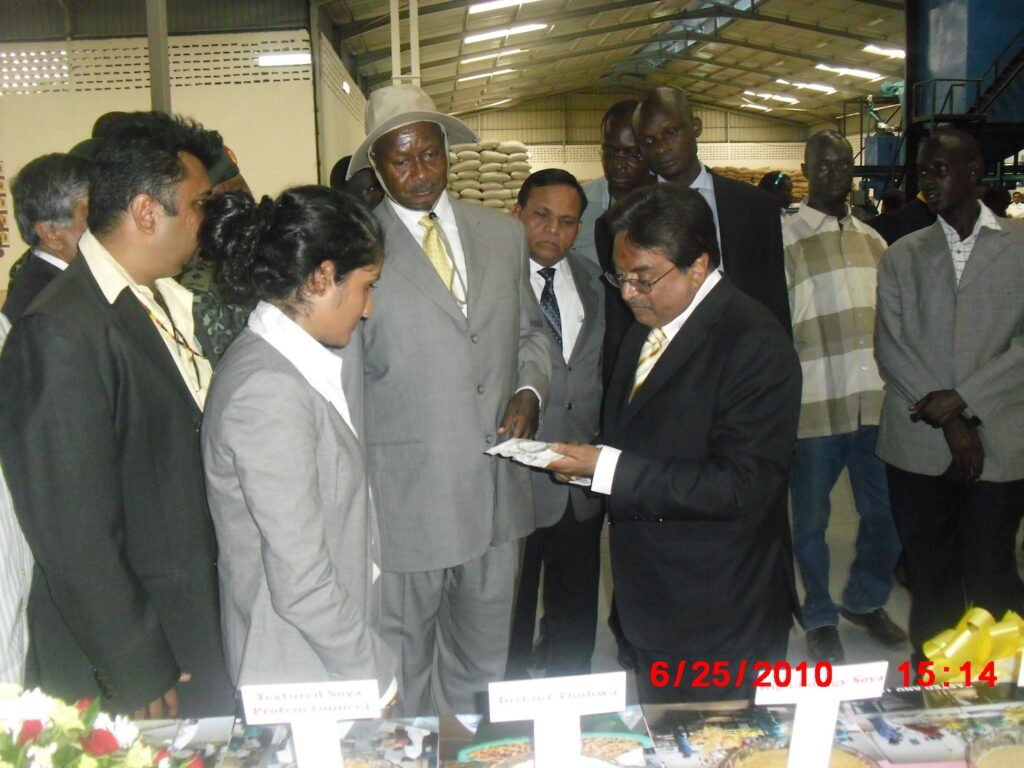New FAO report offers comprehensive assessment of options to pursue efficient, resilient and environmentally sustainable agrifood systems
Related posts
Unlocking capital for youth-led agritech enterprises
Heifer Kenya Country Director Esta Kamau discusses the organisation’s work in financing and mentoring youthled agritech enterprises to scale up their innovations for the benefit of smallholders
14th Edition
The food crisis in Africa caused by the Covid-19 pandemic reminded the continent about the need to transform its food systems to enable it to feed itself.
How Africa can achieve fertiliser security
Charlotte Hebebrand, Director of Communications and Public Affairs, International Food Policy Research Institute (IFPRI), discusses the state of the fertiliser industry in Africa
42 years of illustrious career in agriculture
Dr Songa recalls visiting ports, border points and customs during his time in the US, which provided him with a better insight of plant health inspection, certification and the impact on trade.
Fertiliser optimisation tool gives farmers more for less
A study conducted by National Agricultural Research Laboratories (NARL) Kawanda shows that Uganda faces severe soil nutrient depletion.
Women’s cooperative adds spice to livelihoods, refugee integration
13th Edition
Eight years down the line, that target is far from being met, with fertiliser use in most countries in sub-Saharan Africa still standing at below 25kg per hectare.
Setting the global gold standard for safer food
Dr. Kristian Moeller, the Managing Director of GLOBALG.A.P., recently spoke about the organization’s extensive work across 100+ countries in promoting the adoption of international certification standards.
Why the right time to invest in Africa’s agriculture is now
Is Africa rising? Why is now the right time to invest in Africa? What will a rising Africa demand? Who will supply that demand and how will they get it to the market?



